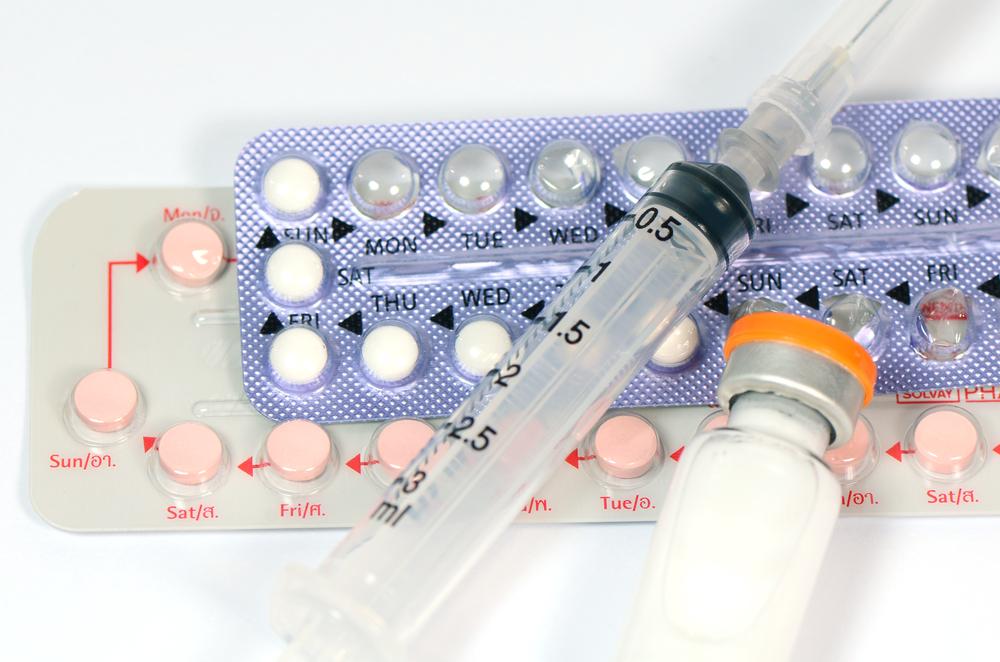
The Most Common Methods of Contraception
Contraception is the artificial usage of equipment or procedures to prevent pregnancy following sexual intercourse. It is mostly carried out by preventing the flow of semen of a man from reaching the ovum of a woman. There are many methods through which this can be achieved and most of them are given below.
There are five major categories under which contraceptives can be classified.
LARC: Long-acting reversible contraception
There are two types of LARC, namely, intrauterine methods and implants
Intrauterine methods
- An intrauterine device (IUD) is a small device that is placed in the uterus to prevent pregnancy. It can remain inside and function efficiently for many years. It can be removed when the woman wishes to do so.
- A hormonal IUD releases a hormone called progestin, which thickens the cervical muscles and blocks the flow of the sperm to the ovum.
- A copper IUD prevents the flow by itself. Even if the egg gets fertilized, the presence of the device will physically stop the egg from getting implanted in the lining of the uterus.
Implants
- Implants mostly consist of implantable rods that are small, fixed, and made of plastic. It is placed inside a woman’s upper arm and releases progestin to prevent pregnancy.
Hormonal methods
Hormonal methods use hormones to stop ovulation. These can be introduced through pills, injections, gels, vaginal rings, skin patches, and rods. There are two types of hormonal methods that one can opt for.
Short-acting hormonal methods
- These work for a short period of time but are very effective.
- It consists of injectable birth control (injecting progestin) and progestin-only pills (POP).
- The former needs to be injected every three months and the latter needs to be taken orally via a pill every day.
Combined hormonal methods
The combined hormonal method consists of a combination of synthetic estrogen and one of the many forms of progestin.
- Combined oral contraceptives are essentially pills to be taken every day.
- A contraceptive patch, which is placed on the skin and it then releases hormones through the skin to inhibit pregnancy.
- A vaginal ring is a thin, flexible ring that is inserted in the vagina where it releases a combination of hormones for three weeks, after which it is replaced.
Barrier methods
These are contraception methods to block the semen from entering the vagina physically. These methods are short-term and need to be used every time one has sexual intercourse.
- Male condoms, that are condoms are made of latex and are used to cover the penis before entering a woman’s vagina. It is disposed of after a single use.
- Female condoms, which are pouches that are inserted into a woman’s vagina.
- Contraceptive sponges are sponges that absorb all the semen ejaculated and must not be removed for 30 hours post intercourse.
- Diaphragms and cervical caps are cups made of latex and are inserted inside a vagina to block the sperm. These should be left inside for 8 hours after intercourse but must be removed before 24 hours.
Vasectomy
A vasectomy is a surgical procedure that closes, blocks, or cuts the vas deferens. This prevents the semen from leaving the testes. It can take up to 3 months for this procedure to take full effect.



